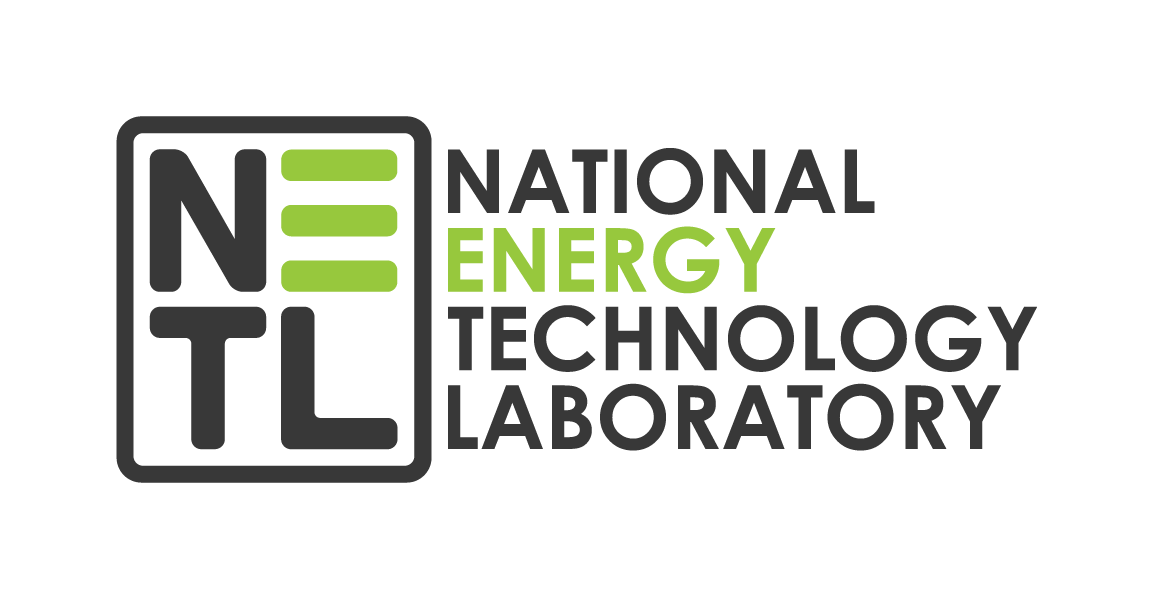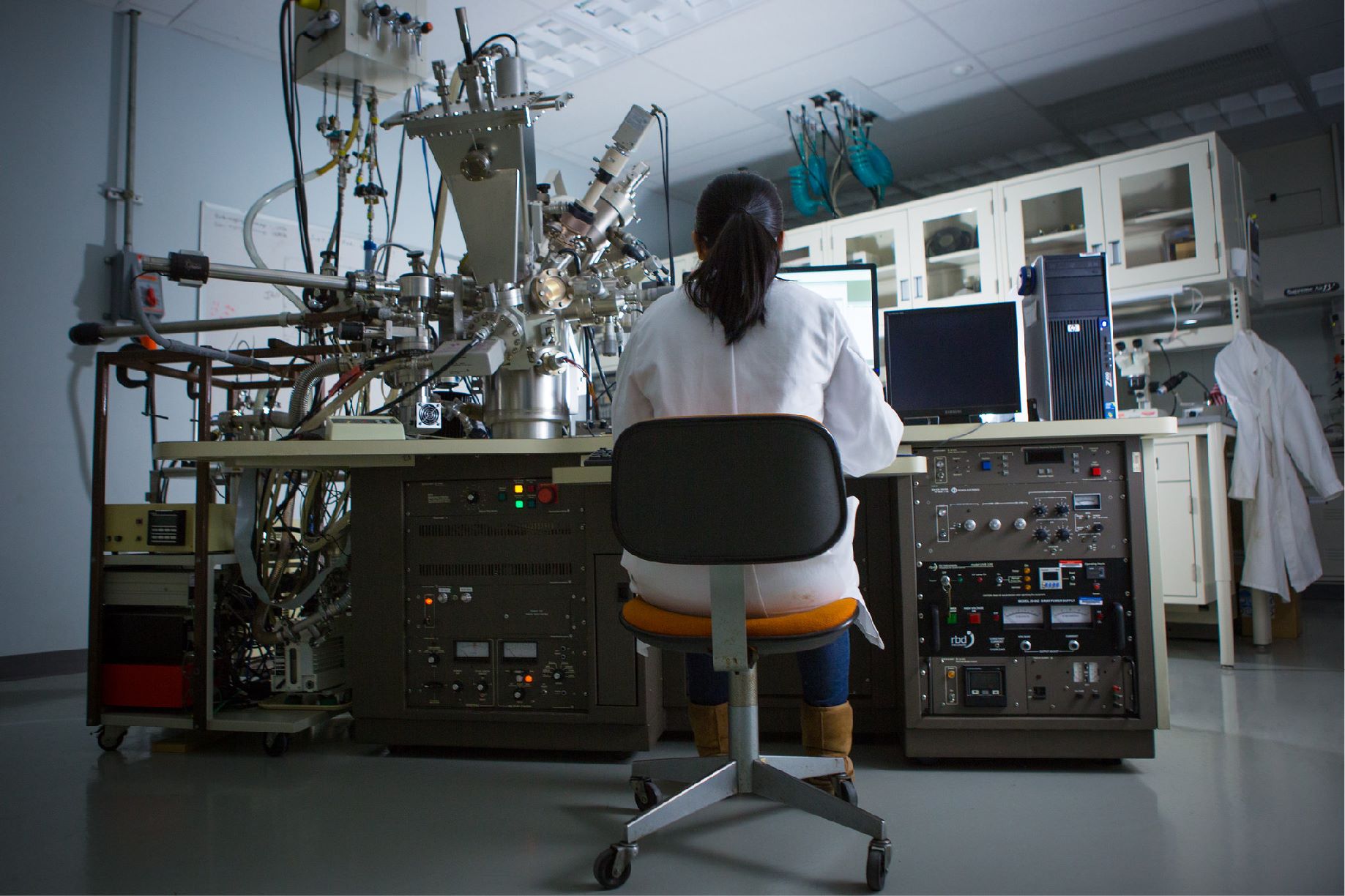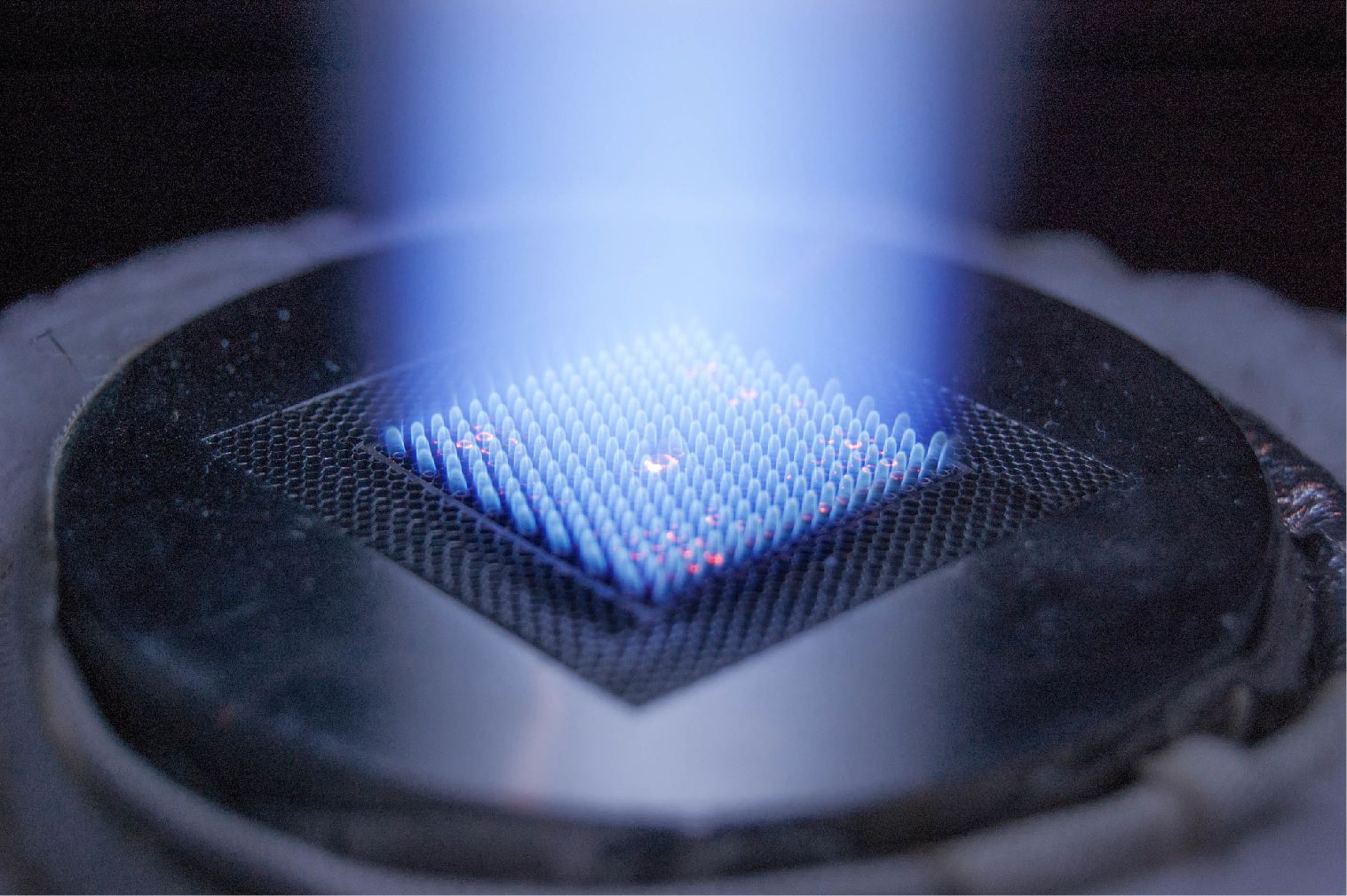Critical Minerals & Materials Workforce Development
Introduction
The future of America’s critical minerals and materials (CMM) economy will require thousands of workers spanning all levels of operation from common labor to specialized research and development (R&D) in both government and private sectors. In parallel with technology and policy development, strategic measures to recruit and prepare students and professionals for careers in CMM production and R&D are imperative to meet the nation’s clean energy goals.
Workforce Needs
The U.S. CMM industry’s growth faces several workforce-related challenges that include, but are not limited to, an aging workforce, decrease in relevant university programs, negative social perceptions and foreign competition.
For more information on CMM and broader clean energy workforce needs, click here.
NETL Workforce Development Efforts
In alignment with the broader workforce development efforts of the Office of Fossil Energy and Carbon Management (Figure 1), NETL is helping to create the CMM workforce of the future with contributions in several areas.

Figure 1 (Source)
Funding Academic Research
In support of workforce development goals, the NETL CMM Program has administered to date (June 2024) more than 100 million taxpayer dollars to academic institutions conducting futuristic R&D on sustainable CMM resource characterization and production with the involvement of students and fellows at the undergraduate, graduate, and postdoctoral level.
See the table at the bottom of this page for a list of all NETL CMM project awards to academic institutions as of June 2024.
CORE-CM Initiative
The Carbon Ore, Rare Earth, and Critical Minerals (CORE-CM) FOA-0002364 funds coalition teams focused on addressing the upstream and midstream critical mineral supply chain and downstream manufacturing of high-value, nonfuel, carbon-based products, to realize the full potential for carbon ores and critical minerals within U.S. basins.
The CORE-CM Initiative is designed as a multiyear effort to catalyze and benefit regional economic growth and job creation by realizing the full value of natural resources, such as coal, across U.S. basins. Coals and associated byproducts and waste streams can be used as feedstocks for domestic production of critical minerals and materials (CMM), including rare earth elements, to enhance our national and economic security. They can also be used as sources of carbon for production of high-value, nonfuel, carbon-based products.
For more information on the CORE-CM Initiative, click here.
IIJA-funded Coal Byproduct-Based CMM Demonstration Facilities
Through NETL, DOE has awarded $16 million allocated by the Infrastructure Investment and Jobs Act (IIJA) for the design of two full-scale demonstration facilities for CMM production from coal byproducts. DOE expects to make one award (competitively down-selected) for up to $124 million to construct and operate the demonstration-scale facility.
For more information on the IIJA-funded CMM demonstration projects, please see the project landing pages for the University of North Dakota and West Virginia University facilities.
 Critical Minerals & Materials Workforce Development Project Listings
Critical Minerals & Materials Workforce Development Project Listings



